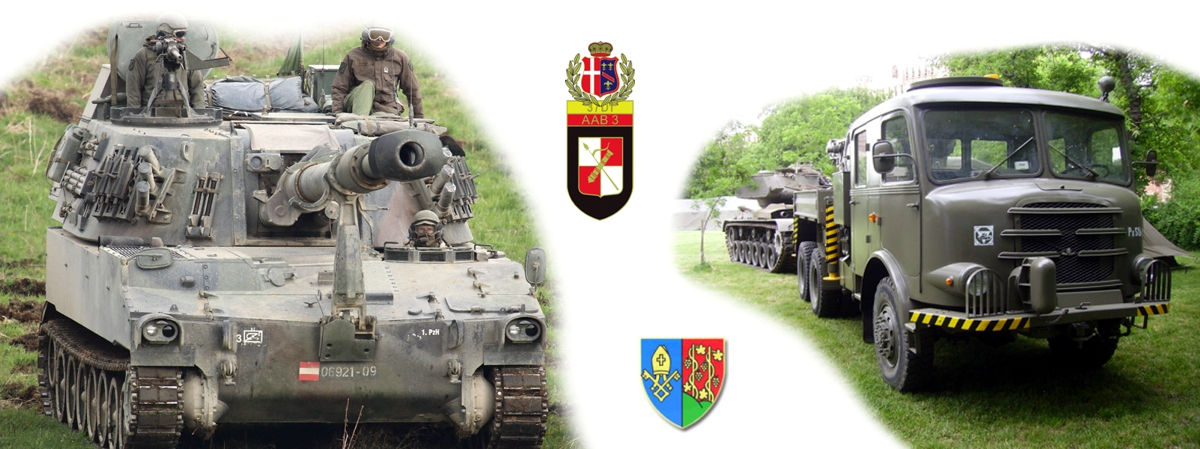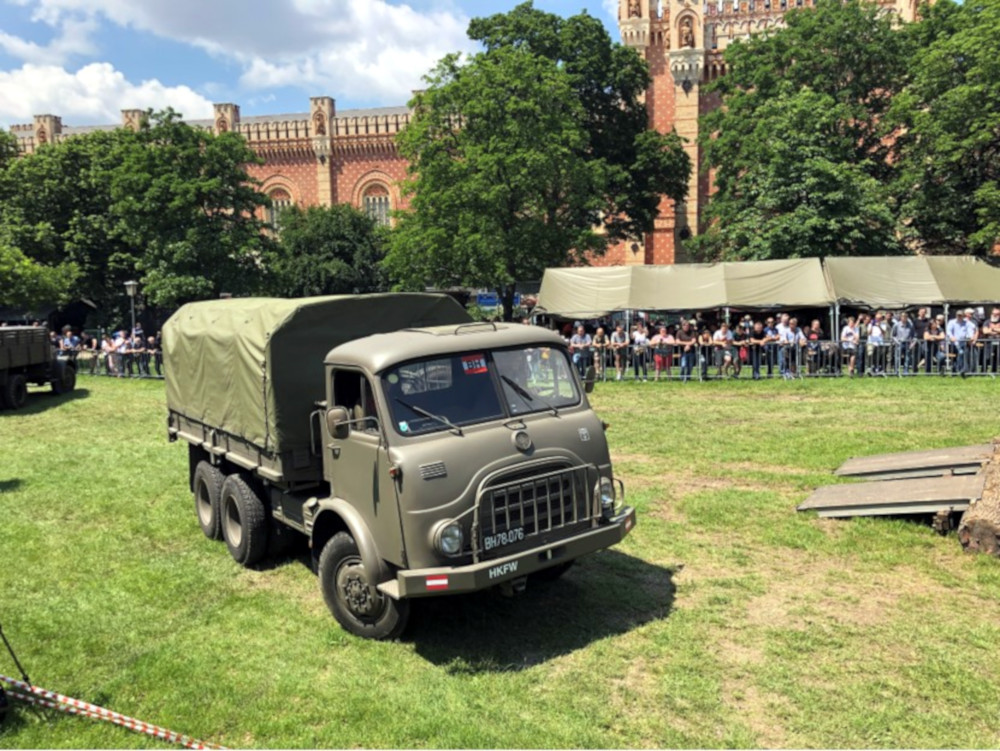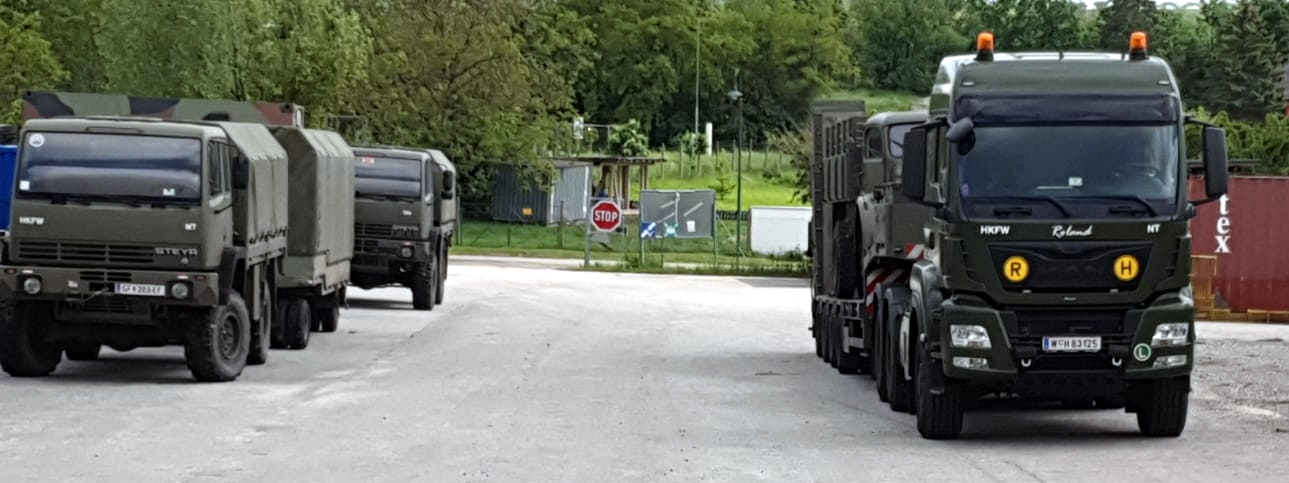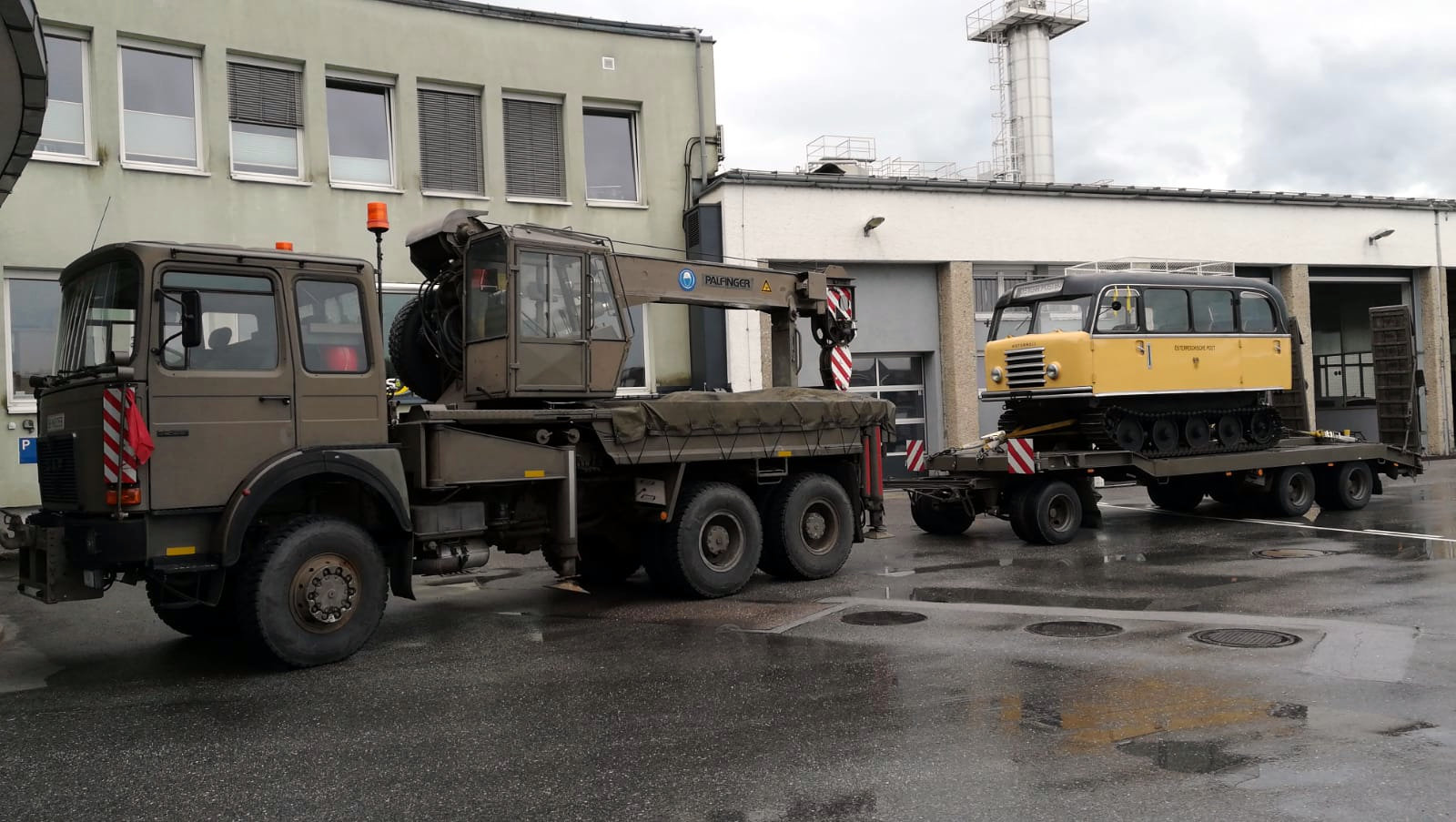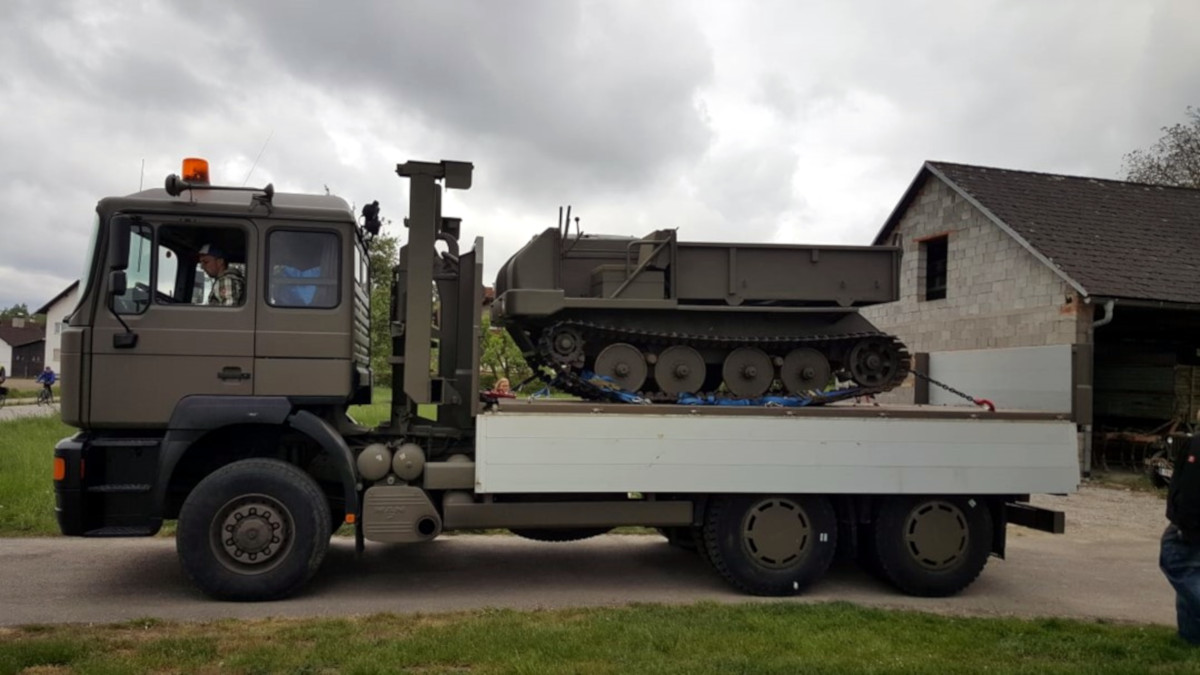Save the Date: September 14/15 2019 – Annual Fall Gathering
On September 14 and 15 we will open our Prottes garages for the sixth time already to celebrate our Annual Fall Gathering. For the first time, this year we will be supported by the 3rd Reconnaissance and Artillery Battalion from Mistelbach, who together with us will present army motorization from the 1950s until today. Our facilities will be open to the public on Saturday and Sunday from 9am until 5pm, our field kitchen will provide traditional meals, and we are looking forward to welcoming members, friends and everybody who is interested in the history of army motorization.



